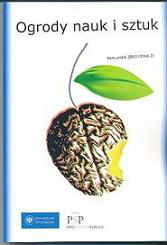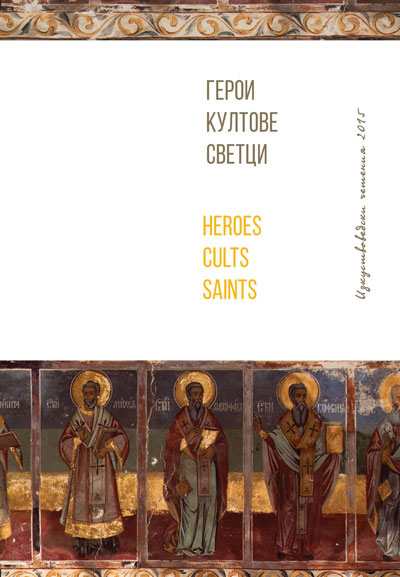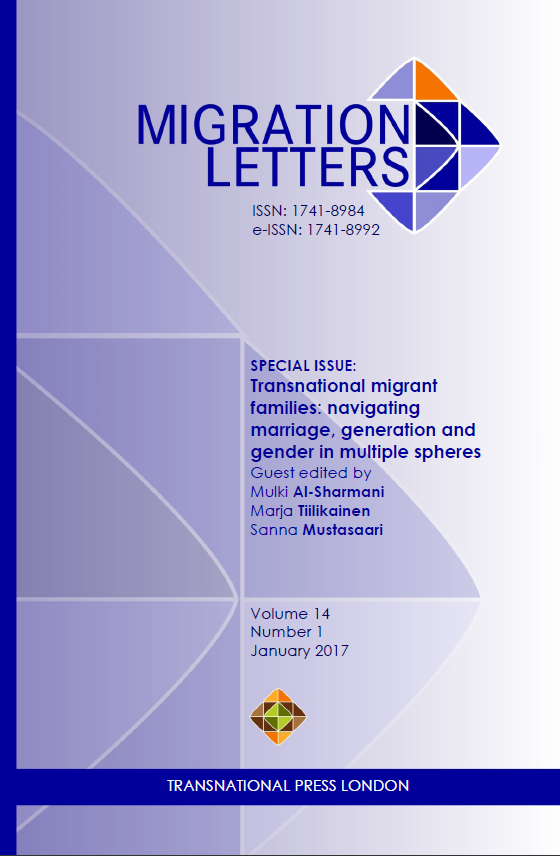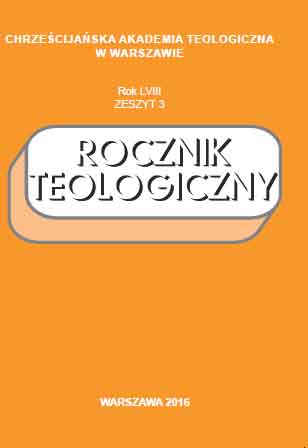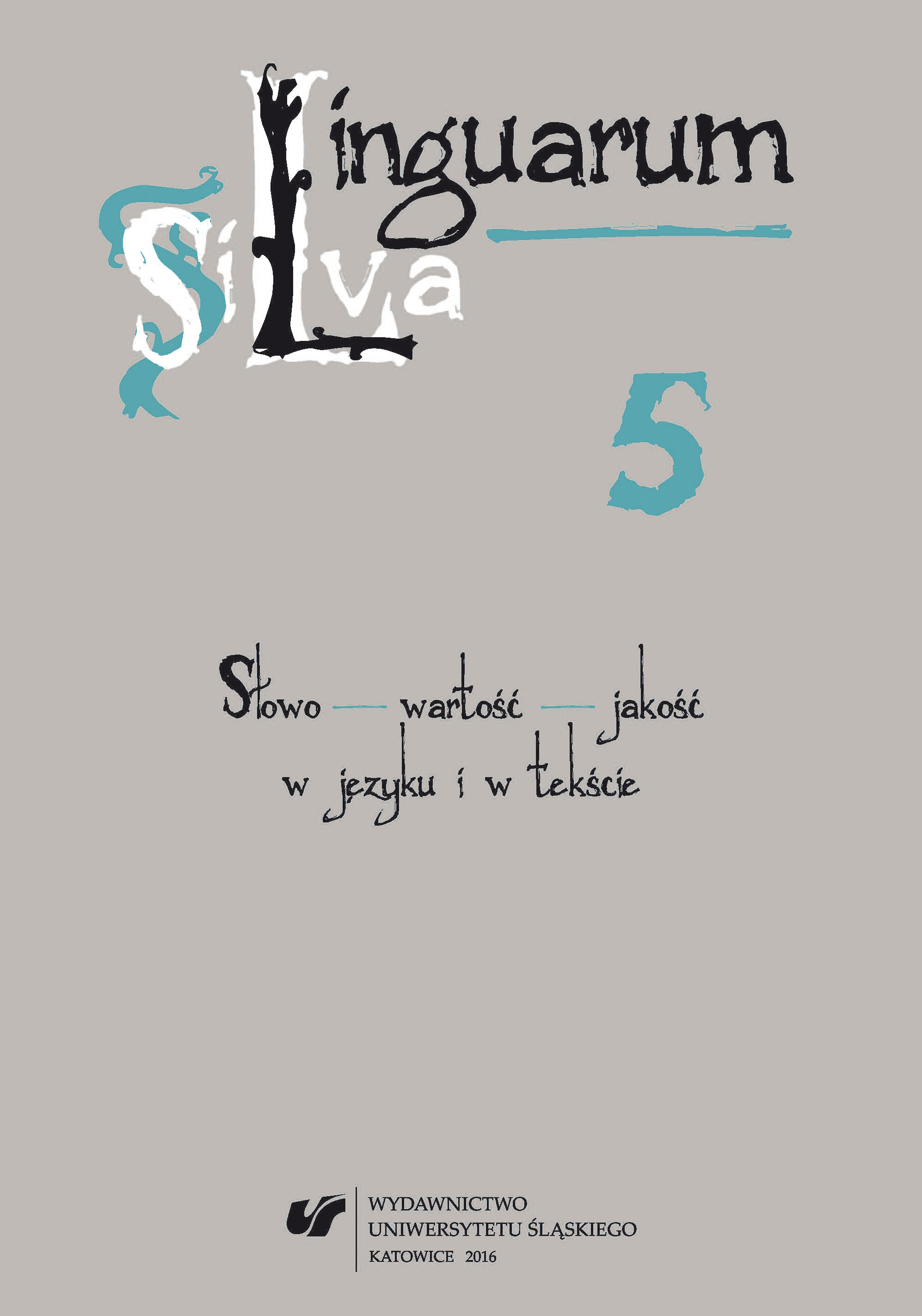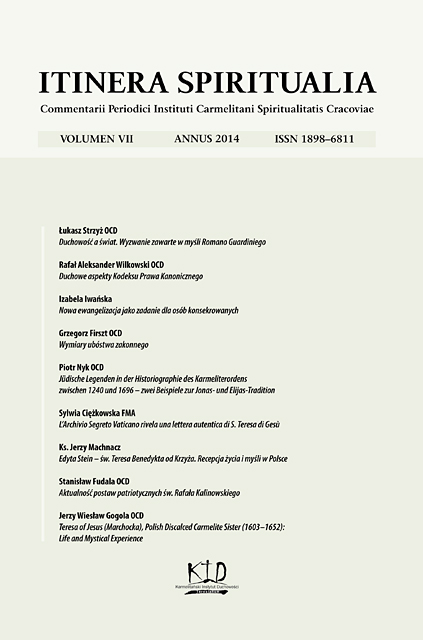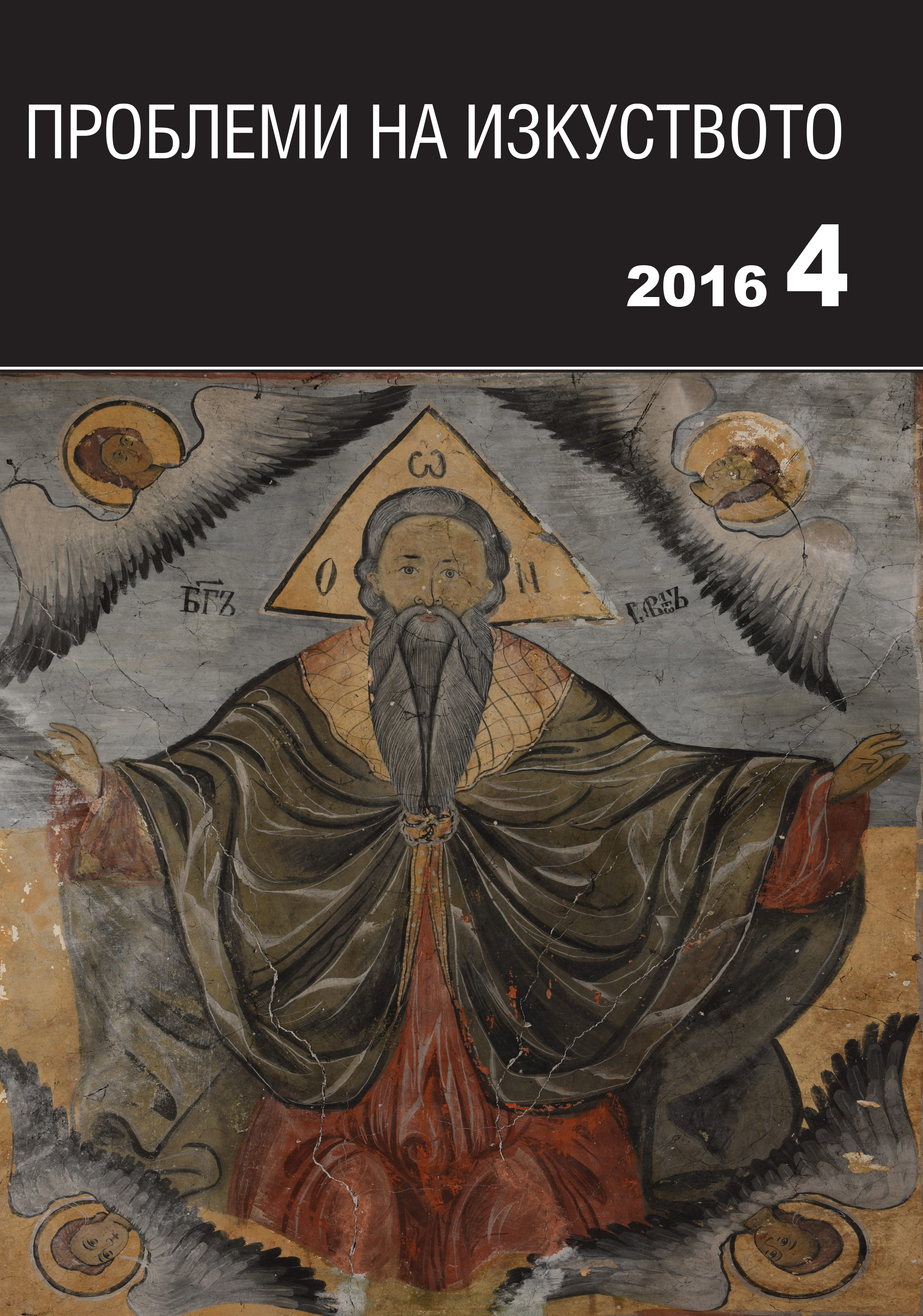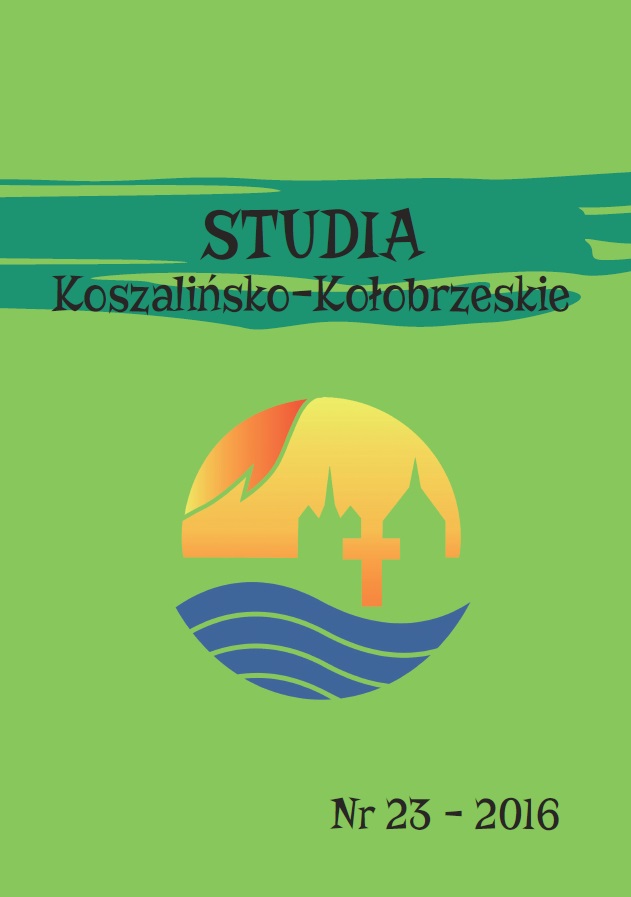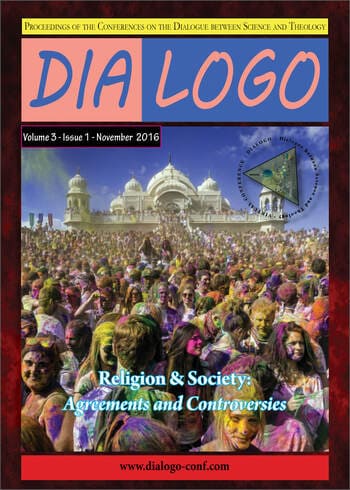
The Resonant Icon of the Romanians, Tatăl Nostru (Our Father) by Ciprian Porumbescu
Ciprian Porumbescu was the Romanian composer who brought his contribution to the national cultural gallery, serving the art of sounds through his faith. In the course of his short life (1853- 1883), he brought into the hearts of Romanian people a warm creation, with a gentle touch, but full of powerful emotional force. His style is part of the Romanticism, revealing ways of expression and musical languages endowed with strong emotional feelings, the love of God, of people, of family. His work, often pictorial,creates musical images through natural and harmonious bindings, that are, also, simple,suggestive and easy to be perceived. Ciprian Porumbescu decided to dedicate his life to serving God through his music. The valuable sacral works of the composer are the expression of his everlasting love for God Almighty. The lyrics of the Prayer to God,selected by the composer, are those from the Gospel of Matthew 6- 9-13. The content of the prayer, with a two-dimensional structure, carries a genuine symbolism through its messages. The work has 40 measures, this meaning the 40 days in which our Savior Jesus Christ, spent on earth, after His Resurrection, revealing himself to all, until His ascension to Heaven on the mount Tabor.
More...
